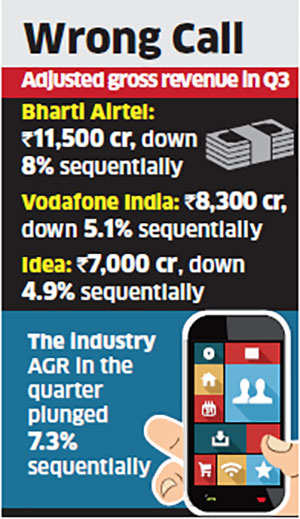Uber is known for having a corporate culture that reveres aggressive attitudes and stepping on toes. CEO Travis Kalanick appears to also bring that same credo to his interactions with drivers.
In a dashboard
video, published by
Bloomberg on Tuesday, Kalanick is shown arguing with his driver over fares. The argument gets heated and ends with Kalanick telling the driver to stop blaming Uber for his problems.
"Some people don't like to take responsibility for their own shit. They blame everything in their life on somebody else," Kalanick said as he got out of the car and slammed the door. "Good luck!"
The video comes on the heels of a long past few weeks for Uber, which have involved everything from the
resignation of a top exec to allegations of
sexual harassment to internal leaks detailing a
chaotic companywide culture of sexism and unprofessional business practices. This relentless slew of leaks and revelations have called into question whether Uber can maintain its place at the top of the ride-hailing world, while still having a no-apologies attitude and Kalanick at the helm.
Two Uber investors
wrote an open letter to the company's board of directors last week criticizing the company for having "a culture plagued by disrespect, exclusionary cliques, lack of diversity, and tolerance for bullying and harassment of every form." They warned the "stakes are high" for Uber to change these patterns.
While Kalanick called the sexual harassment allegations "abhorrent" and promised to
conduct an internal investigation into the matter, throwing a driver dispute into this Uber pile-on could be toxic for the company.
Uber didn't respond to request for comment, but in a statement issued late Tuesday, Kalanick apologized for his behavior.
"To say that I am ashamed is an extreme understatement," Kalanick wrote in a
blog post to employees. "My job as your leader is to lead...and that starts with behaving in a way that makes us all proud. That is not what I did, and it cannot be explained away."
He went on to say that he needed leadership help and intended to get it.
The video was recorded by Uber Black driver Fawzi Kamel on February 5 (Uber Black is the company's high-end service), according to Bloomberg. It shows Kalanick sitting in the backseat between two women. Music plays on the radio and Kalanick shimmies his shoulders and jokes around with the women. As the ride ends and the women step out of the car, Kamel takes the opportunity to tell Kalanick that Uber's lowered fares have been hard for drivers.
"You're raising the standards, and you're dropping the prices," Kamel said.
Kalanick responded, "We're not dropping the prices on Black."
Fares have gone down for Uber Black drivers, however, according to Bloomberg. Riders paid $4.90 per mile and $1.25 per minute in San Francisco in 2012 and currently rates are $3.75 per mile and $0.65 per minute. While low fares mean cheaper rides for passengers, they also mean lower pay for drivers.
In the video, Kalanick and Kamel keep discussing the fares and then the mood shifts and the two men start to lose their temper. The CEO insists nothing has changed with Uber Black, and Kamel keeps saying the prices have dropped. All of this eventually culminates with the door slam and Kalanick telling Kamel to take some responsibility.
Kamel, however, gets in the last word.
"Good luck to you," he said. "But I know [you're not] going to go far."
Updated at 6:40 p.m. with Kalanick statement.
CNET Magazine: Check out a sample of the stories in CNET's newsstand edition.


